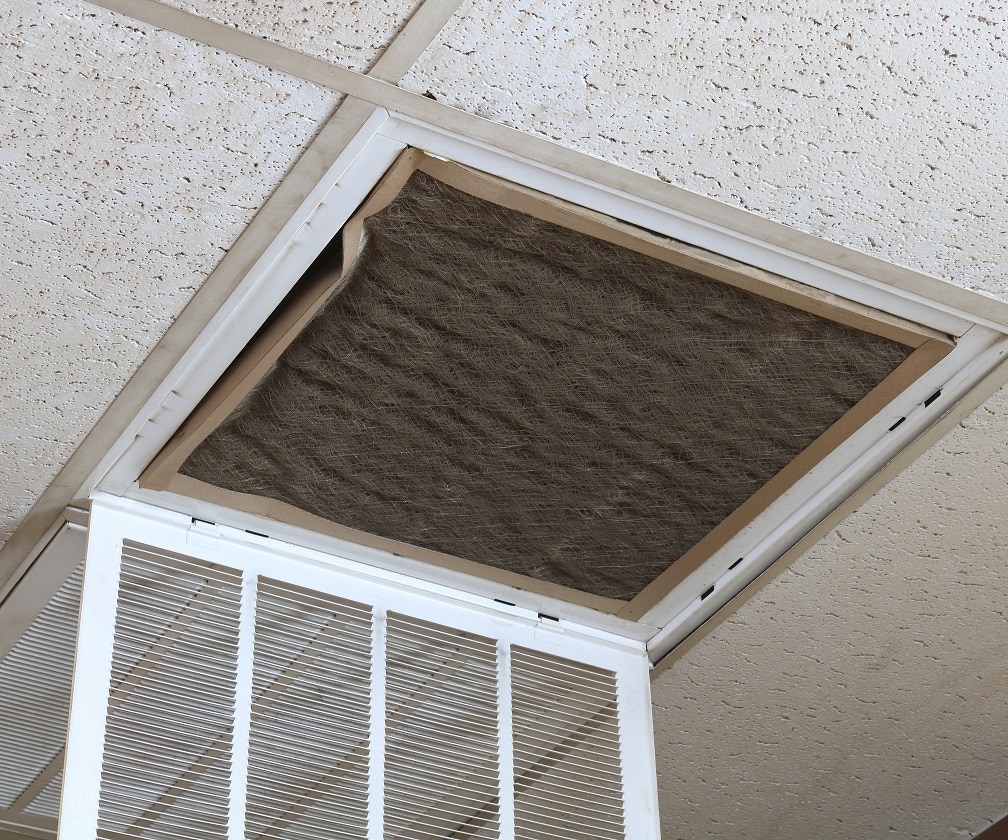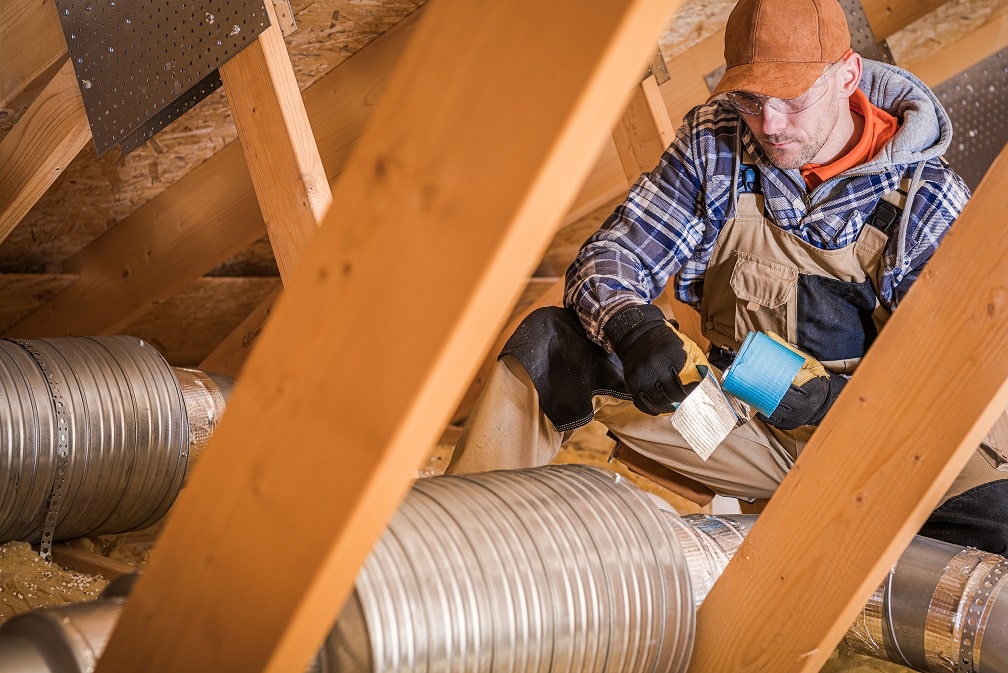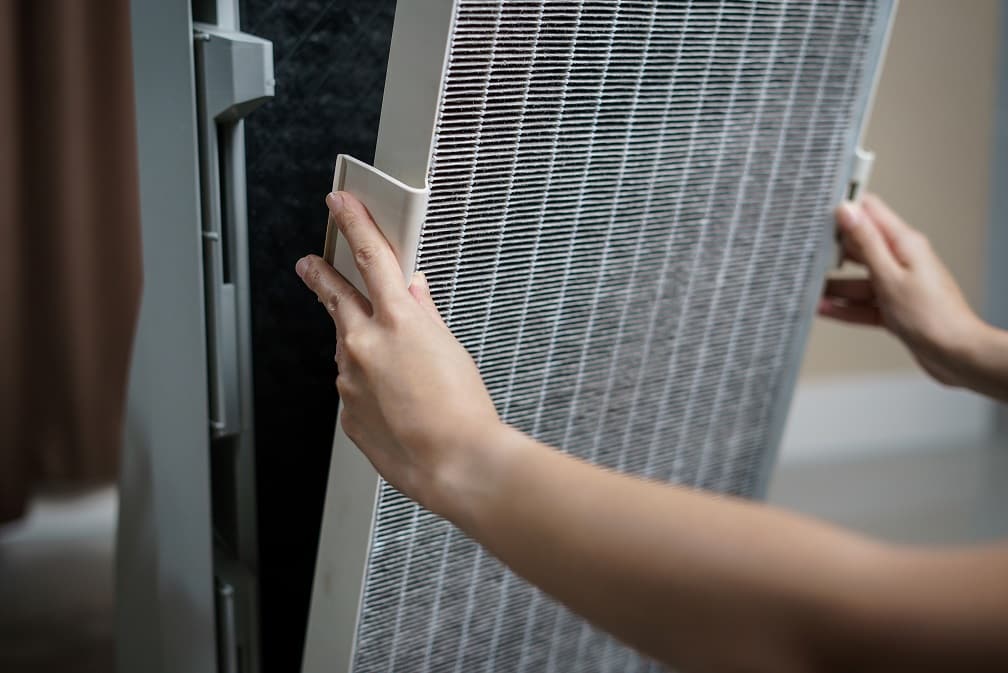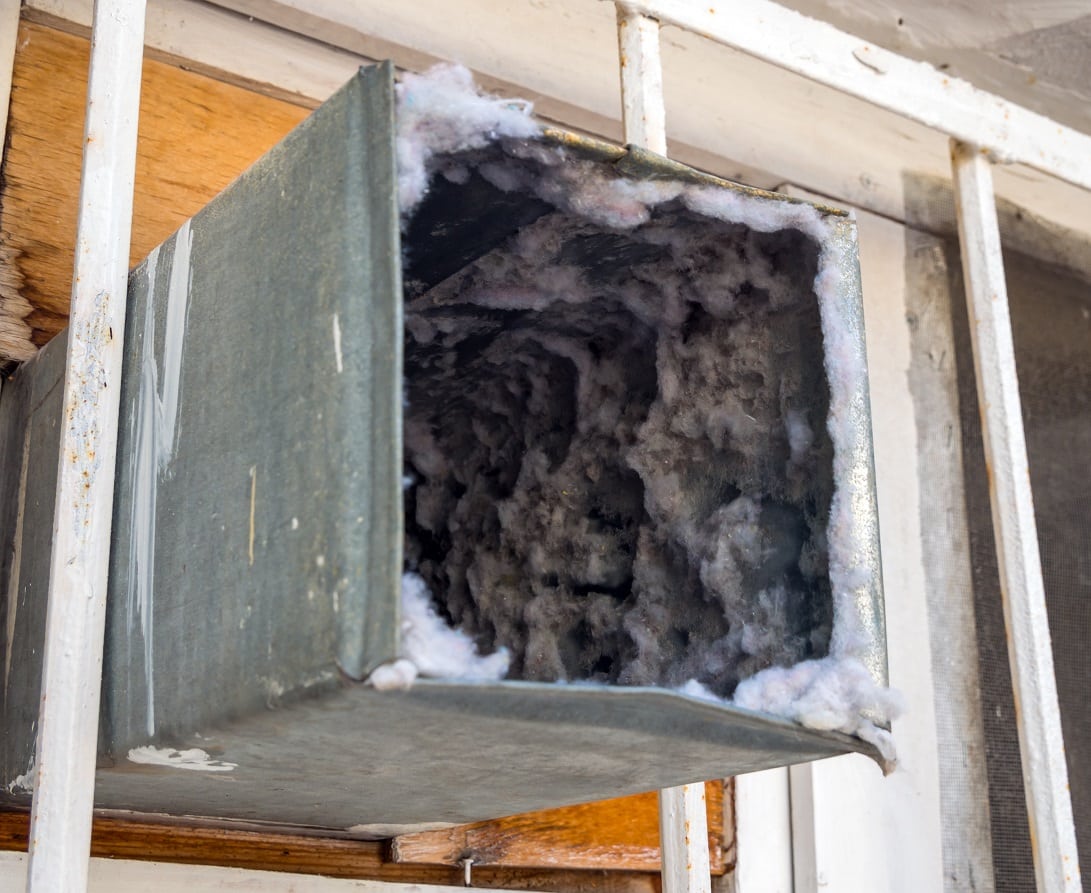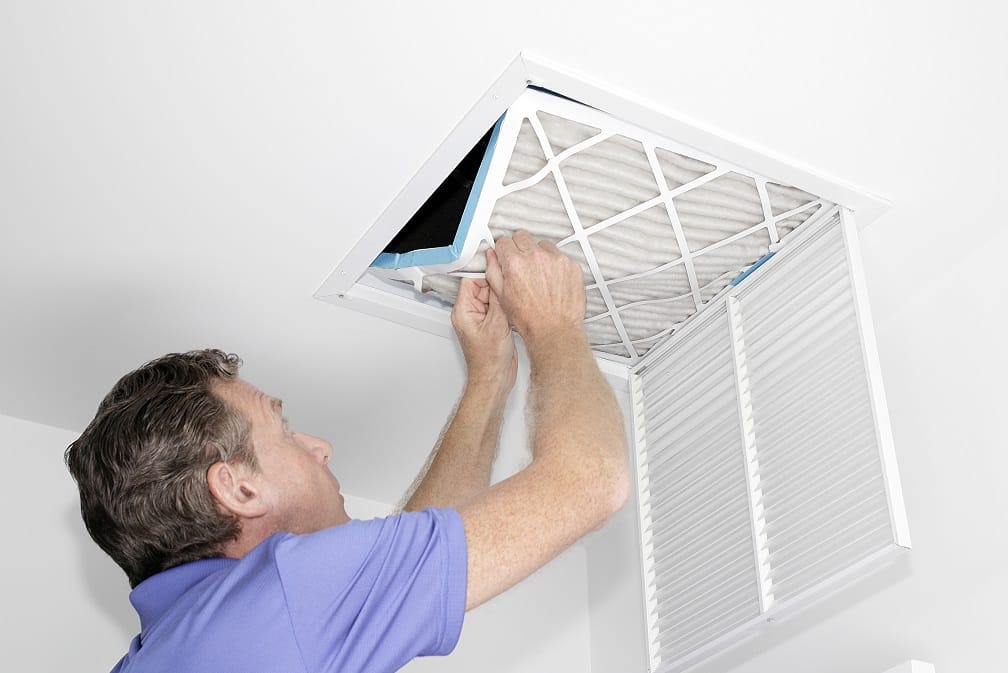Indoor air quality is a contributing factor why homeowners decide to invest in air duct cleaning. Heating and cooling system are indispensable in the US. Inevitably the air ducts that carry the air get dirty over time. Air cleaning specialists work on your duct system to help improve the air quality by eliminating dust, bacteria, germs, and mold from your home.
In general, having the air ducts cleaned means air specialist technicians are cleaning the various components that make up your home’s mechanically forced air system. They use specialized tools that dislodge debris and dirt in the system. This is followed by a thorough system sanitizing process that effectively “washes away” the accumulated mess. If necessary, they perform an air filter change and then finally test the system to ensure it is operating flawlessly.
In the United States, during the process of duct cleaning, only EPA-registered chemicals should be used.
Typical Duct Cleaning Process
A routine HVAC system inspection may reveal that you need to have the air ducts cleaned. If it’s your first time to have them cleaned professionally, you might not even know how the job is done or what to expect.
Just like as you wouldn’t undertake to only clean half the bedroom floor, it also wouldn’t make sense to only clean part of your home and cooling (HVAC) system. In fact, NADCA recommends that you clean the entire HVAC system.
Components to be cleaned include, among others:
- Air supply and return ducts & registers
- Diffusers and grilles
- Heat exchanger
- Blower motor & housing
- Evaporator coil, drain & the drain pan
- Air filter and cleaner
If not properly maintained, your HVAC components are likely to get clogged with pollen, dust or other types of debris. Your air duct cleaners will discuss with you about what components needs cleaning after a system assessment.
The Duct Cleaning Process
25-40% of the US’s energy for cooling and heating a home gets wasted. The cleaning professionals will first assess the duct system condition. The inspection entails identifying leaks and cracks, including areas inside the air ducts where dust and debris might have built up. Every piece of the HVAC system is carefully removed, cleaned, and reinstalled with new seals.
The air duct cleaning crew then attaches a vacuum system that collects dust and debris from inside the ductwork as it gets loosened by the cleaning process. Then the cleaners employ power or manual brushes to remove any lingering debris from the ductwork’s inner walls.
Conclusion
Although EPA doesn’t recommend routine cleaning of the air ducts, you occasionally clean them as they obviously get dirty. Cleaning improves the air quality in your home by removing harmful pollutants from the ductwork and the contaminated air people breathe.
While dirty ducts won’t necessarily mean that the air in your space is unhealthy, it could contribute to larger health issues or host contaminants and pathogens that could cause autoimmune disorders, allergies, and respiratory health conditions to some people. Besides, contaminants in your HVAC system force it to work harder and possibly shortens its lifespan.

